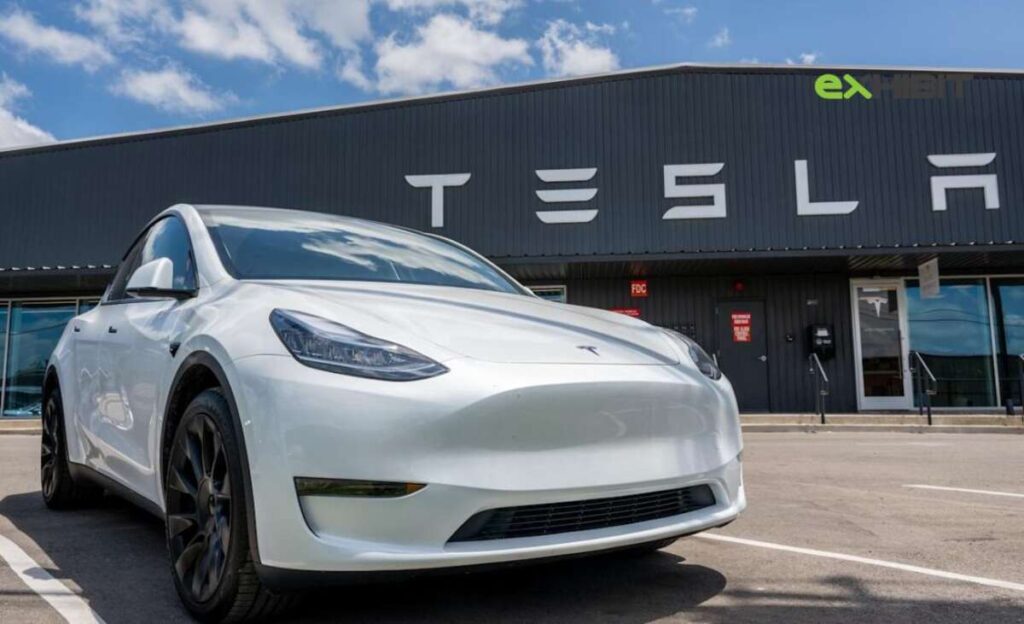Tesla has officially launched its long-awaited Robotaxi service in Austin, marking the company’s entry into autonomous ride-hailing. The service, first teased over a decade ago by CEO Elon Musk, is currently available only to a limited group of social media influencers and creators close to the company.
Tesla Robotaxi Fare and Availability in Austin
Initial riders are charged a flat fare of $4.20 per ride, though the long-term pricing model remains uncertain. The Robotaxi operates within a geofenced area of Austin and is available between 6 am and midnight. However, the service may be reduced or suspended during inclement weather, according to terms shared by early testers.
Elon Musk: ‘A Decade of Hard Work’
On X (formerly Twitter), Musk stated that the launch marks the “culmination of a decade of hard work.” He emphasized that both the AI chip powering Robotaxi and its entire software stack were developed in-house by Tesla’s engineering teams.
Also Read: Unlock Your Tata.ev with a Tap: India’s First OEM Embraces Apple Wallet Car Key
First Rides Shared on Social Media
Shortly after Musk’s announcement, videos began circulating online showing the Robotaxi in action. The autonomous rides featured Model Y SUVs, with no driver in the front seat, transporting solo passengers for short distances.
Legal and Regulatory Hurdles in Texas
Ahead of the Robotaxi rollout, Texas passed new autonomous vehicle legislation. As per Reuters, the new rules require companies to obtain a state license to operate self-driving vehicles. Signed by Governor Greg Abbott, the law comes into effect on September 1 and grants state authorities the power to suspend permits if an operator is deemed unsafe for the public.
What’s Next for Tesla Robotaxi?
Tesla has not yet confirmed when the Robotaxi will be available to the general public. However, Musk suggested that the service will expand rapidly to other U.S. cities in the near future. In Austin, Tesla faces fierce competition from Google’s Waymo, which has partnered with Uber, and Amazon’s Zoox, which is currently in the testing phase.


